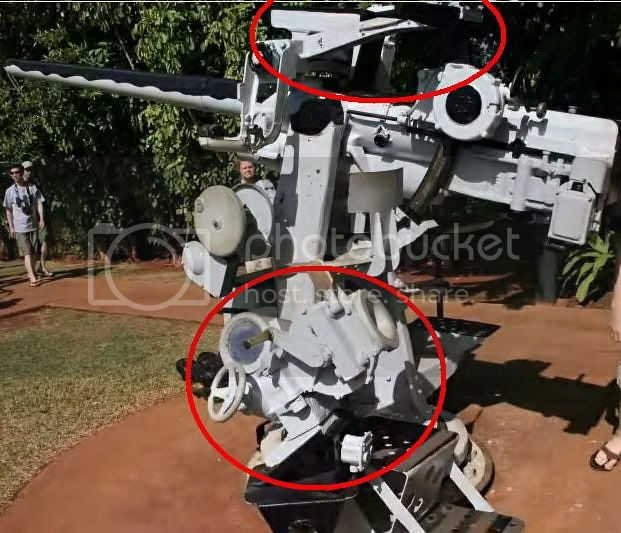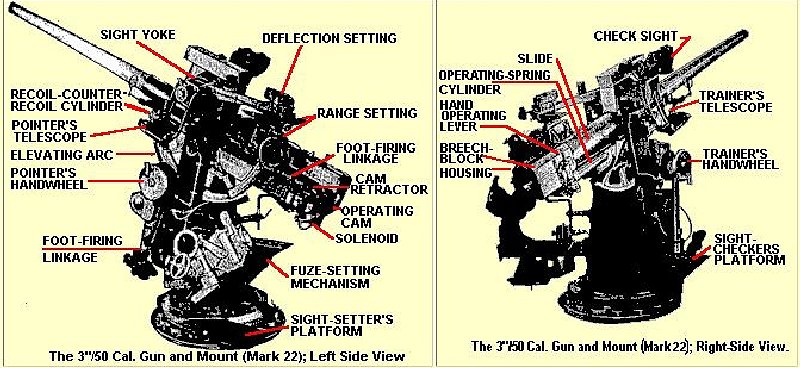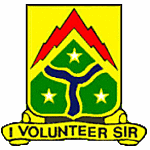Quoted Text
3”/50 Questions
What are the names of these control stations?

Any further information or reference would be greatly appreciated.
Such as differences between surface and sub, does the pointers seat always have a backrest or any other component nomenclature.
First, the upper areas you've circled are just the sights. They would be used by the pointer and the trainer to set the gun on target. The lower item is the fuse setter. That's used for AAA fire in order to get a burst at a certain height.
The picture is of a Mk. 22 mount. This is a surface mount rather than a submarine, or "wet" mount. The equivalent wet mount would either be a Mk 11 or Mk 19. Neither of these mounts had a fuse setter offset to the left side. Depending on the manufacturer of the mount, there may or may not be a backrest on the seat, or depending on the preference of the personnel using the mount. The mount itself is a dual purpose, or DP, mount, which means it's used for either AAA or surface actions. There are also single purpose, or SP, mounts. These were mostly used for surface actions, and did not have a fuse setter for the mount. You also have dry mounts, like this one, which were used on surface ships, and wet mounts, which were used on subs, and had special sealings in order to protect the gun and mount from corrosion.
Hope this helps.















